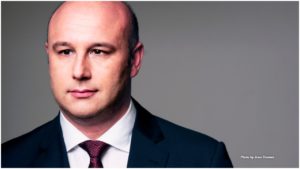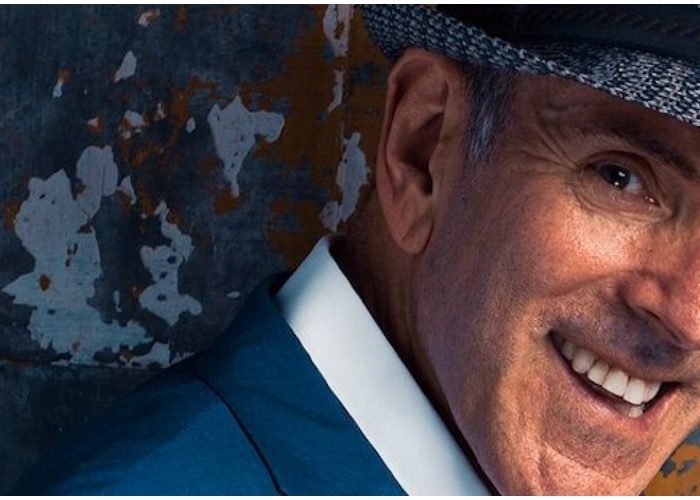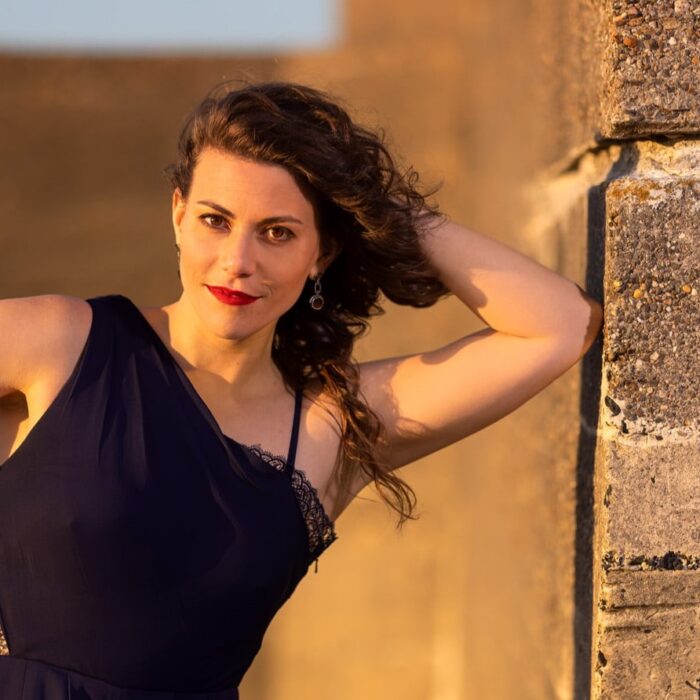
Q & A: Riccardo Frizza On ‘Falstaff’ & The Donizetti Opera Festival
By Francisco SalazarRiccardo Frizza is one of today’s foremost Italian conductors specializing in the Italian repertoire. He has appeared at all the great opera houses in the world and has interpreted many of the great works by Verdi, Donizetti, Rossini, and Bellini.
Recently, he was appointed the music director of the Donizetti Opera Festival and for his first assignment, he took on “Il Castello di Kenilworth.” Frizza has stated that his goal is to place a greater emphasis on many of Donizetti’s rare operas, many of which he believes to be as important as many of his more renowned works.
Currently Frizza is conducting Verdi’s “Falstaff” at the Dallas Opera and that will be followed by “La Traviata” and “Aida” this summer.
In a recent interview with OperaWire Frizza spoke about conducting Verdi’s “Falstaff” for the third time in his career and the challenges of the work. He also spoke about the Donizetti Opera Festival and what his hopes for the upcoming festival this fall.
OperaWire: This is the third time you conduct Verdi’s “Falstaff.” What have you discovered in the score and how has it evolved for you?
Riccardo Frizza: It’s the third time I am doing “Falstaff” and every time I do it I realize it’s sublime. It’s so rich with detail that you don’t realize when you first start performing it. But as you study it and repeat it, new details come out and you realize how rich the orchestrations are and how ingrained it is with the text.
And it is actually the first time that Dallas is performing the work so it is an important moment for Dallas audiences. The cast is also marvelous and features some of the most important singers of this generation, including Angela Meade, Stephanie Blythe, Mark Delavan and Quinn Kelsey.
OW: “Falstaff” is very different from other Verdi scores and it is known to be very difficult. What are the biggest challenges of performing this work?
RF: The hardest part of this score is that the voices are another instrument in the orchestra. It’s not like other Italian operas where the orchestra is the support of the singers. So many melodies go quickly and the rhythm is absolutely important. If you don’t have a sense of rhythm especially on the vocal side, you won’t be able to appreciate the melodic passages or the textures in the score. There are few melodic arias except for Nannetta and Fenton’s arias as well as Ford’s aria. These are the three static moments that recall the Bel Canto style and the rest of the score is very rhythmic.
OW: Would you say that “Falstaff” is the least melodic of Verdi’s works?
RF: I think Falstaff has so many great melodies but what is missing are the grand arias that we are accustomed to. The melodies are more elaborate and in the style of the Buffa opera. There melodies in the staccato form like the beginning of the second act or the second scene of the second act. They’re brief but they are melodies.
OW: How do you believe Verdi evolved the style in this opera?
RF: Fenton and Nannetta’s arias have some reminders of the Bel canto line but here Verdi opens up a new world for us. We have to remember that when Verdi wrote the work it had been 50 years between “Don Pasquale” and “Falstaff” and in this work there is a new structure that we later see in “Gianni Schicchi.” Comic opera was not in style during this time and Verdi invented something completely new and different. It was something that had never been attempted. Gian Carlo Menotti once explained to me that the melodic line and the voice is outside of the music while in Rossini, the voice is supported by the orchestration. That’s what gave the work a fresh incite in comic opera.
Wolf-Ferrari later wrote a comedy but it never became popular and Martino also wrote something in 1952 with the same structure of “Falstaff.” “Falstaff” became the model for other composers who have attempted comic works. Unfortunately, it’s a genre that has been lost through the years.
OW: You are the Donizetti Opera Festival music director and this November you’ll be presenting three works. Tell me how you decided upon these three operas?
RF: We choose the repertoire in a specific way. We have the Donizetti 200 project, which celebrates an opera that is 200 years old. We all know the last Donizetti works but not the first ones. So we want the audience to learn about the composer and his starts.
So this year it will be “Pietro il Grande” and that is the opera he wrote in 1819. Then we chose “Lucrezia Borgia,” which will be presented in a critical edition that was prepared by Riccordi.
Then “L’Ange de Nisida” which I pushed to do because I really wanted to show the new work. While it was done last year at the Royal Opera House, we will be the first to stage the work. We’re working a musicologist who reconstructed the work and we’re working to only use the music that Donizetti left or whatever was found. I don’t want to put material that isn’t original. So we are working on putting the work so that it makes sense dramatically without adding extra music. It’s hard work but I think this festival is about studying and rediscovering the composer, not just putting on opera. We’re also going to have activities and other chamber music concerts as well as a gala concert. The festival has grown immensely and we’re happy for that.
OW: These three works are very distinct in their structure. As a matter fact, they don’t sound anything alike. Can you tell me a little about how Donizetti evolved throughout?
RF: We don’t always understand the importance of Donizetti. He was born when Rossini was on top of the world and he knew how to open a path and come out and make a great career. He substituted Rossini as the director of Teatro di Napoli and he changed the musical aesthetic. We always go from Rossini to Verdi thinking it was Verdi who evolved the musical aesthetic and that is not true. If we study Donizetti we realize he was the rock in the middle. He started using some of Rossini’s aesthetics and then evolved it into his own form. Verdi later absorbed that and developed it further.
If you study the score and confront it, you realize how similar the music is to Verdi. In the winter when I was doing “I Lombardi,” I was studying “Anna Bolena” because I was about to conduct it for the first time in Rome and I realized how the Quintet in “Bolena” and the first concertato in “I Lombardi” were so similar and are basically related to each other. These similarities allow us to say that Donizetti discovered and invented forms that influenced the music of Verdi.
Another thing that we talk about is the declamation that Verdi wrote. But that was actually initiated by Donizetti. But that is never talked about because Donizetti is not really well-known and with this festival we want to rediscover him and show works that are rarely performed because of how difficult they are. Today we have “Anna Bolena” and “Maria Stuarda” thanks to such singers as Maria Callas and Joan Sutherland. They helped open the doors for these works which were, at that point, rare to hear.
OW: “Lucrezia Borgia” will get a critical edition. Can you tell me about this new edition and what audiences can expect from it?
RF: This new edition is not very different from what already know but there are different parts which have different structures, particularly at the end of the opera. We now have the advantage that we can decide what ending to do and in what form to do it. The structure of the end is so different in some cases that because we are a festival I think it is important to experiment and to propose something new. It’s very much in the way that Donizetti did when he had a singer who was not able to do a specific thing. He would change it.


